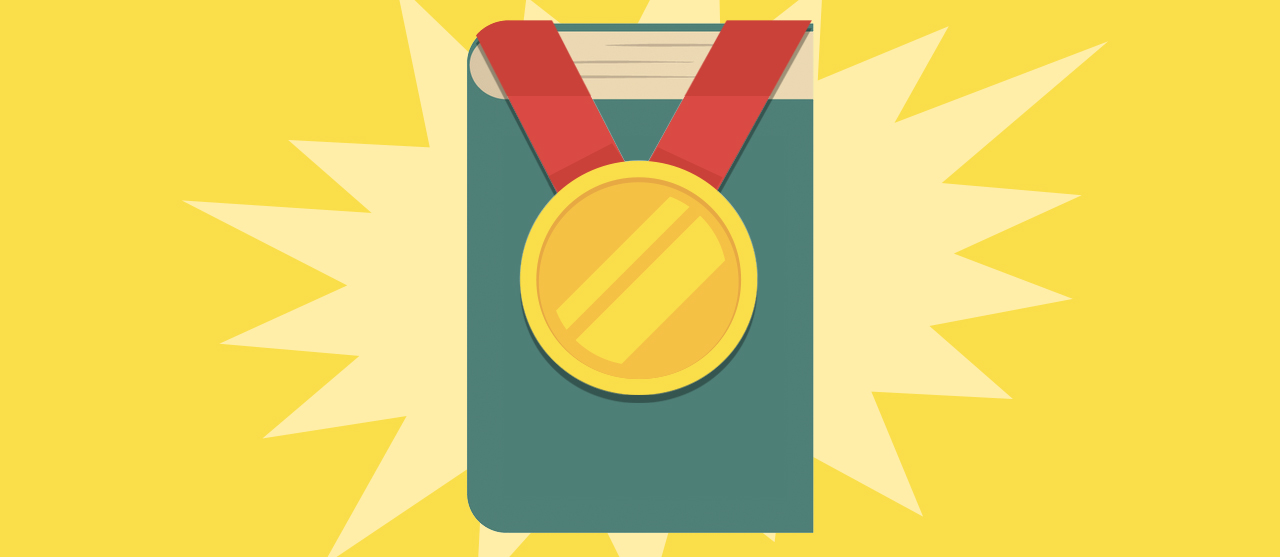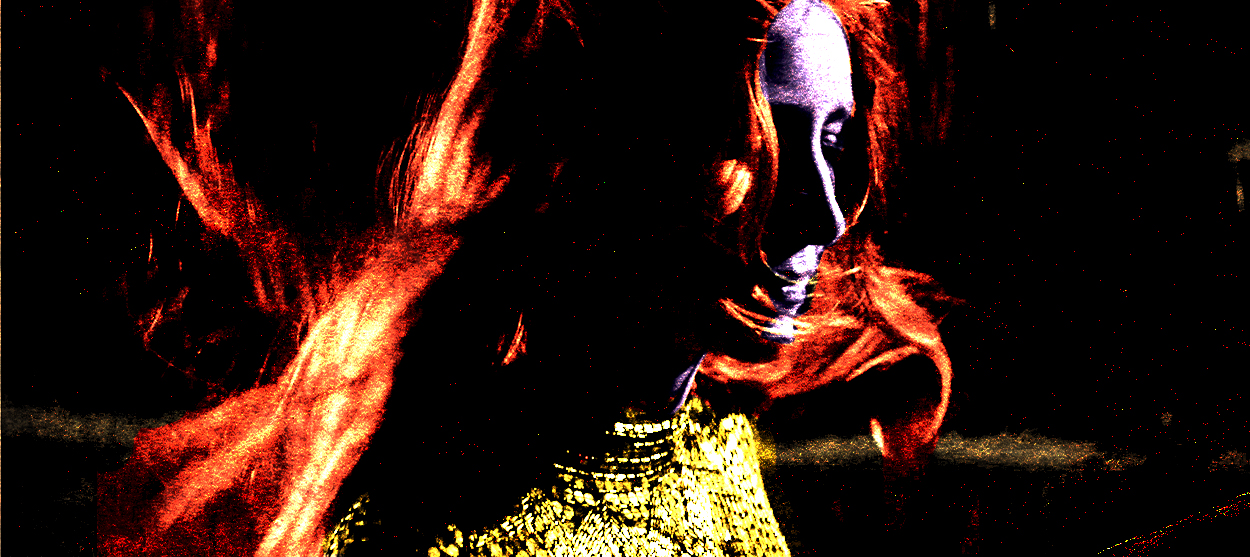The commonplace monstrosity of Scream: The TV Series
The nightmare is unavoidable. You cannot escape it.

Millions of Americans really like to be completely and utterly terrified to the point of nausea or speechlessness. In fact, they're constantly craving more of that unsettling feeling. And that's a big reason why the horror genre, inspired by the classic literature of legendary authors such as Mary Shelley and Bram Stoker, has been a permanent part of Western culture for at least a couple centuries.
In recent years, horror in popular culture has often taken the role of slasher films, which usually feature a mentally ill psychopath murdering multiple victims in a small, helpless town. Kevin Williamson's Scream franchise (directed by the late Wes Craven) was an overwhelmingly successful example, racking up more than $600 million in worldwide sales. Last year — four years after Scream 4 hit the big screen — MTV came out with a TV sibling imaginatively named Scream: The TV Series. The first season is now available on Netflix, and season two premieres on Monday, May 30.
You probably think the Scream movies depicted brutal, cold-blooded killings of innocent teenage victims. And indeed, they did! But this TV show takes things to an inexplicably horrific new level. The show's protagonist is witness to her ex-boyfriend's head being sliced in half by a mechanized blade. A young woman is thrown over a balcony and hung by a noose. Another character is stabbed twice in the back, and bleeds to death on a rooftop. And perhaps in the most sickening act of all, the town cop is gutted. Oh, and that happens in front of his love interest.
The Week
Escape your echo chamber. Get the facts behind the news, plus analysis from multiple perspectives.

Sign up for The Week's Free Newsletters
From our morning news briefing to a weekly Good News Newsletter, get the best of The Week delivered directly to your inbox.
From our morning news briefing to a weekly Good News Newsletter, get the best of The Week delivered directly to your inbox.
All of these killings are carried out by a mysterious masked villain, who looks just as frightening in broad daylight as he/she does at night when everything is pitch black. It's terrifying.
Developed by Jill Blotevogel, Dan Dworkin, and Jay Beattie for MTV, the series pilot was written by Kevin Williamson himself. The show centers around Emma, a young, cherub-faced Lakewood high school girl who drew the short straw as the daughter of Maggie and Kevin Duval, two survivors of the Brandon James murders. When a cyber-bulling incident goes viral (naturally, because it's 2016), Lakewood suffers a new string of murders that bares a freakish resemblance to Brandon's killing spree. Everyone in town is a suspect, including Emma's teacher and the local police officer. Emma tasks herself with finding out her families' connection to Brandon, all the while watching her ex-boyfriend and many of her friends suffer excruciatingly graphic deaths.
With the show's inclusion on the Netflix roster, anyone with a subscription (including children with access to their parents' account, and their parental control settings) can freely view it, whether or not they fit into the target audience demographic. The series only has a TV-14 rating, a strikingly different scenario from the films, which hold a strict R rating for mature, age-appropriate audiences.
We can debate whether kids and teens ought to be shielded from shows like Scream: The TV Series. What's not debatable is that this particularly savage brand of horror is infiltrating our lives at a rapid speed. That summons a familiar question: Are we becoming desensitized to extreme violence? Perhaps more importantly, do we even care?
A free daily email with the biggest news stories of the day – and the best features from TheWeek.com
Even if mild interest is all you have in Scream: The TV Series, it's impossible to miss the anxiety-inducing mask that the show employs for its main killer. It's featured in all the teaser clips and billboards, emblazoned with bloody, sprawling handwriting that states, "You'll never see it coming." Instead of duplicating the somewhat comical masks of the Scream movies, this new mask resembles a rotting corpse with the eyes hollowed out. Having an imprint of this image in our brains as we go to work or put our children to sleep is probably not conducive to a harmonious life. But it's there, staring at us. And if you've watched anything remotely similar to this type of show in the past, the Netflix algorithm will recommend Scream: The TV Series at every available opportunity. The nightmarish mask is unavoidable. You cannot escape it.
But the most disturbing aspect of this show is not its inescapably terrifying marketing campaign and imagery. It's the fact that none of the characters appear to be particularly devastated by the sudden and gory loss of their loved ones. They continue to attend school and do their homework and gossip enthusiastically with their friends as if nothing out of the ordinary had happened. Dare we consider that this actually mirrors our own community, where we boast a profoundly inappropriate ability to tolerate death in the films and TV shows we so eagerly consume?
If that's the case, then one can't help but wonder what's next for the horror genre. Or more specifically, what psychological or physical fate might we humans tolerate that is worse than death? Because if there is such a thing, we can only assume that it's heading straight for us.
Trilby Beresford is a freelance arts writer from Australia, who currently resides in Los Angeles. Her writing has appeared in Amy Poehler's Smart Girls, Bullett Media, Geek & Sundry, American Film, Nerdist, Flood Magazine, and numerous other publications. Trilby has an M.F.A. from the American Film Institute Conservatory and a B.A. from the University of Sydney.
-
 Why are micro-resolutions more likely to stick?
Why are micro-resolutions more likely to stick?In the Spotlight These smaller, achievable goals could be the key to building lasting habits
-
 What will happen in 2026? Predictions and events
What will happen in 2026? Predictions and eventsIn Depth The new year could bring peace in Ukraine or war in Venezuela, as Donald Trump prepares to host a highly politicised World Cup and Nasa returns to the Moon
-
 Why is Trump’s alleged strike on Venezuela shrouded in so much secrecy?
Why is Trump’s alleged strike on Venezuela shrouded in so much secrecy?TODAY'S BIG QUESTION Trump’s comments have raised more questions than answers about what his administration is doing in the Southern Hemisphere
-
 Walter Isaacson's 'Elon Musk' can 'scarcely contain its subject'
Walter Isaacson's 'Elon Musk' can 'scarcely contain its subject'The latest biography on the elusive tech mogul is causing a stir among critics
-
 Welcome to the new TheWeek.com!
Welcome to the new TheWeek.com!The Explainer Please allow us to reintroduce ourselves
-
 The Oscars finale was a heartless disaster
The Oscars finale was a heartless disasterThe Explainer A calculated attempt at emotional manipulation goes very wrong
-
 Most awkward awards show ever?
Most awkward awards show ever?The Explainer The best, worst, and most shocking moments from a chaotic Golden Globes
-
 The possible silver lining to the Warner Bros. deal
The possible silver lining to the Warner Bros. dealThe Explainer Could what's terrible for theaters be good for creators?
-
 Jeffrey Wright is the new 'narrator voice'
Jeffrey Wright is the new 'narrator voice'The Explainer Move over, Sam Elliott and Morgan Freeman
-
 This week's literary events are the biggest award shows of 2020
This week's literary events are the biggest award shows of 2020feature So long, Oscar. Hello, Booker.
-
 What She Dies Tomorrow can teach us about our unshakable obsession with mortality
What She Dies Tomorrow can teach us about our unshakable obsession with mortalityThe Explainer This film isn't about the pandemic. But it can help viewers confront their fears about death.